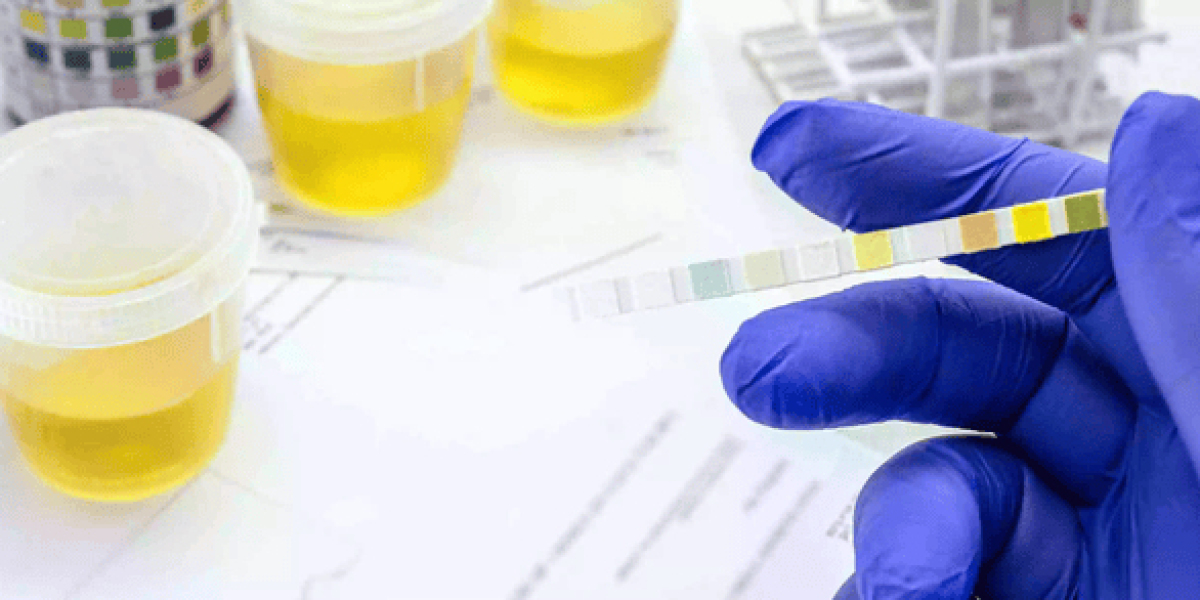Urine drug testing is one of the most common methods used to detect recent drug use. It’s fast, cost-effective, and widely used in workplaces, healthcare, sports, and legal settings. Whether you're getting tested yourself or managing a drug testing program, understanding how urine drug testing works can help ease confusion and make the process more transparent.
What Is Urine Drug Testing?
Urine drug testing involves analyzing a person's urine to detect the presence of specific drugs or their breakdown products, also called metabolites. This method is commonly used to check for substances such as marijuana, cocaine, opiates like heroin or morphine, amphetamines including methamphetamine and Adderall, benzodiazepines such as Xanax and Valium, barbiturates, methadone, and PCP. Some tests may also include additional or synthetic drugs, depending on the requirements of the organization requesting the screening.
Where and Why Are These Tests Used?
Urine drug testing is widely used in workplaces, healthcare, legal systems, and schools. Employers often require testing before hiring and may conduct random checks, especially in safety-sensitive industries like transportation and healthcare. In areas like urine drug testing in New Jersey, strict guidelines help maintain drug-free environments. Courts may order testing during probation or custody cases, while doctors use it to monitor prescription use. Schools and sports programs also use drug testing to discourage substance use among students and athletes.
How the Testing Process Works
The process starts with the collection of a urine sample, usually done in a private restroom under secure conditions. In some cases, supervision may be necessary to prevent tampering. Once the sample is collected, it is sealed and labeled before being sent to a lab or tested on-site.
Most tests begin with a rapid immunoassay screen that can provide results within minutes. This initial screen is fast and inexpensive, but if the result is positive, a more accurate confirmatory test is needed. Laboratories typically use gas chromatography-mass spectrometry (GC-MS) or liquid chromatography-mass spectrometry (LC-MS) to confirm the presence of specific substances. These confirmatory tests help reduce the chance of a false positive and provide legal or medical certainty.
How Long Can Drugs Be Detected in Urine?
The detection window varies depending on the drug, how frequently it is used, and the person’s metabolism, age, weight, hydration level, and overall health. For example, marijuana can be detected for several days in occasional users and for several weeks in heavy users. Cocaine is usually detectable for two to four days. Opiates like heroin and morphine typically remain in the system for one to three days, while amphetamines may stay detectable for up to five days. Benzodiazepines can linger in the system longer, especially in people who use them regularly.
Factors That Can Affect Test Results
Although urine drug tests are considered reliable, several factors can affect the accuracy of the results. Some over-the-counter medications, prescription drugs, and even certain foods may occasionally trigger a false positive. Drinking too much water before the test can dilute the urine, which might make the results harder to interpret or lead to an invalid sample. Some individuals may also attempt to tamper with their samples using additives or synthetic urine, but most modern labs are equipped to detect such attempts through temperature readings and chemical indicators.
What Happens After a Positive Test?
A positive test result does not always mean illegal drug use. That’s why confirmatory testing is essential. If the initial screening is positive, a second, more advanced test will verify whether the drug is actually present. Many employers or testing agencies also provide the opportunity to disclose prescription medications beforehand. In situations involving employment or legal consequences, it's important to bring documentation for any legitimate prescriptions you are taking at the time of the test.
Why Urine Drug Testing Is Commonly Used
Urine drug testing remains a preferred method because it offers a good balance of speed, affordability, and accuracy. Compared to blood or hair tests, it is less invasive, easier to perform, and still effective in detecting a wide range of substances. This approach continues to be the standard choice for both routine and specialized drug screenings, especially in environments where safety and compliance are a priority.
Final Thoughts
Understanding how urine drug testing works helps reduce anxiety and improves cooperation in settings where testing is necessary. It’s a valuable tool used to ensure safety, monitor health, and uphold legal and workplace standards. Whether the test is for employment, healthcare, or legal purposes, being informed about the process makes it easier to navigate. For those looking for reliable, accurate, and confidential drug testing services, Trinity Medical Laboratories offers trusted solutions that prioritize professionalism and care. Their team ensures that the entire testing experience is smooth, respectful, and compliant with all necessary guidelines.

















